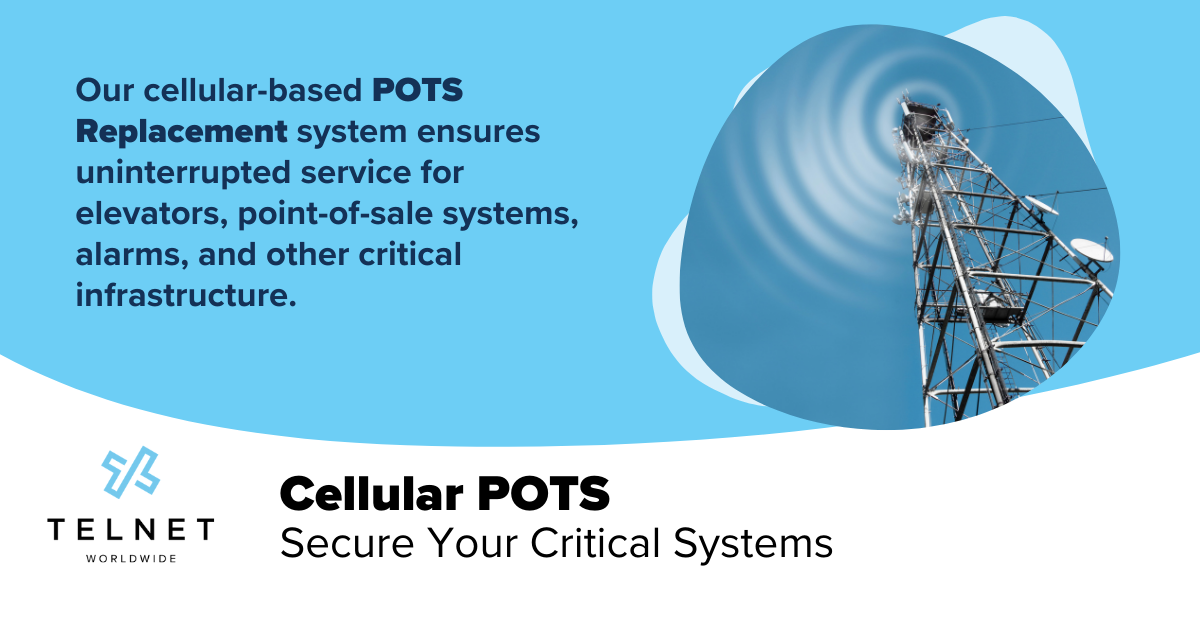In a lot of ways, Cloud PBX and SIP Trunking are very similar. They’re both VoIP solutions with similar functions, use session initiation protocol (SIP) to reach an endpoint, and are great migration options for organizations outgrowing their legacy systems.
But for organizations trying to make a decision between one or the other, there are a few critical qualities worth noting.
SIP Trunking vs Cloud PBX: The Differences
The most obvious difference between the two solutions is that a Cloud PBX is a cloud-based system that’s hosted by your service provider, while SIP Trunking connects your physical, on-premise PBX (or virtual PBX like Microsoft Teams or Zoom Phone) to the internet. In other words, SIP Trunking enables the phone system you already have, while a Cloud PBX is an entirely new — and virtual — phone system.
This key difference can affect everything from initial costs and hardware requirements to ongoing maintenance and types of equipment.
Types of Endpoints
When we talk about endpoints in a VoIP solution, we’re talking about the location where the SIP session ends, or the device the session connects to. For Cloud PBX users, these are often physical handsets — like Poly or Yealink phones for example. Softphones are another common Cloud PBX endpoint. And of course, there are the conference phones and all the tools that come with them: smartboards, cameras and microphones.
With SIP Trunking, on the other hand, the most common endpoint is an IP-PBX. SIP Trunking customers are really just using the trunks to service their Mitel, Avaya, Cisco or Microsoft PBX. And then there are the analog adapters, or ATAs. These include service elevator lines, fire panels, fax machines and the like.
Hardware Costs
Assuming you’re starting from ground zero with no equipment, a Cloud PBX solution will save you big time on initial startup costs. Your provider hosts and maintains the PBX itself, so you don’t need any additional hardware aside from any required physical phones, and the power over ethernet (PoE) switch to connect them to your local area network (LAN).
If we’re making the same assumption about starting from scratch, SIP Trunking is going to be pretty costly up front. You’d need to purchase an on-premise PBX and the trunks, which is why we wouldn’t recommend this option in this case. However, if your organization has already invested in a PBX, then SIP Trunking makes a lot more sense. You’re just enhancing the investment you’ve already made.
Maintenance
As you may have already guessed, your Cloud PBX will be maintained entirely by your provider, since they’re already hosting it offsite. If something goes wrong with the system or equipment, it’s their responsibility to resolve. Because of this, updates are also automatically handled by your provider.
With SIP Trunking, however, all updates and regular maintenance has to be handled by your own IT staff. That means you’re going to need internal expertise on hand, which is another expense to think about.
Making the Choice: SIP Trunking vs Cloud PBX?
So what’s the simplest way to make a decision between SIP Trunking and Cloud PBX? That’s easy: Do you already own a SIP-enabled PBX?
If you do, then it doesn’t make sense to toss out that investment! SIP Trunking is the logical choice in this case. A provider like TelNet Worldwide will just connect SIP Trunks to your PBX and you’re ready to go. However, if you don’t already have your own PBX or your PBX is outdated and unable to be SIP-enabled, a Cloud PBX solution is right for you. Your provider will host your system on their own multi-tenant PBX.
Still going back and forth? No worries. Reach out today, and one of our technical experts can walk you through the solutions.





